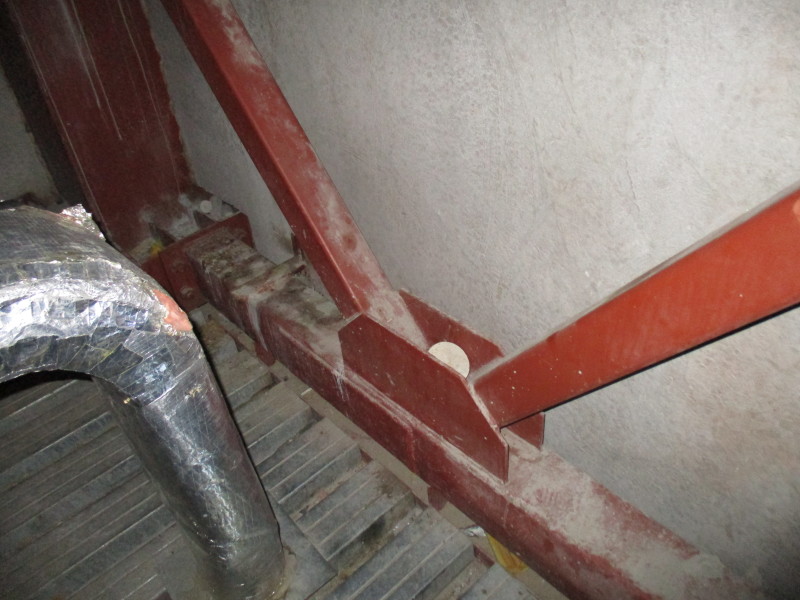StructMB
Structural
- Dec 23, 2014
- 9
I was asked to comment on a deformation observed on a truss's bottom chord fabricated with an HSS. Indeed, the two side walls of the HSS are bulged out for approximately 3/8" for the bottom chord's entire length. It does not seem to be an overstress problem since this member is most likely under a tension load. The truss is 40' long and the damaged bottom chord was made with a HSS 8x6x1/4. I've noted that a reinforcing plate was added to this sealed hollow steel sections without the use of a venting hole. Would this field welding of a reinforcing plate (1/4" fillet weld, 6' long) be enough to increase the internal pressure in the HSS to cause this bulging of the side walls?


